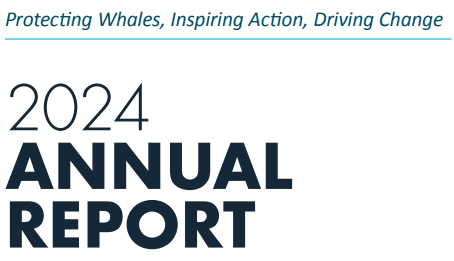ACKNOWLEDGEMENT FORM
- I will follow the guidelines of the Go Slow – Whales Below program
- I will ensure my tour operator follows the Go Slow – Whales Below guidelines.
Between November and May, thousands of humpback whales migrate annually to the Hawaiian Islands. While residents and visitors alike enjoy viewing humpback whales in their natural habitat, it is important to remember that our presence can affect marine wildlife and habitat.
Representatives from PWF, Hawaiian Island Humpback Whale National Marine Sanctuary, DLNR-Division of Aquatic Resources, DNLR-Division of boating and Ocean Recreation, the Hawaiian Islands Humpback Whale National Marine Sanctuary Advisory Council, tour boat operators, such as PWF’s social enterprise PacWhale Eco-Adventures, and invested members of the community have worked on the set of recommendations to keep both whales and watchers safe.
Key recommendations resulting from the collaboration include:
- Speed limit of 15 knots or less, or minimal planing speed, within water 100 fathoms (600 ft) deep or less
- When approaching and departing whales, reduce vessel speed to six knots when within 400 yards
- Post a designated observer/lookout while underway
- Pay close attention to the time of day and time of year. Humpback whales begin to arrive in the waters of Maui Nui typically in October, with peak season being January, February, and March with a drop in numbers from April to May. The more whales that are in the water, the more likely disturbance or collision is to happen. Whales are here both day and night. When traveling at night, you might want to reduce your speed even further since your chance of seeing a whale visually is reduced.
These voluntary recommendations are in addition to official regulations:
- 100-yard approach limit to humpback whales
- No ‘leapfrogging’ or in other words, if you see a whale traveling, you are not allowed to intentionally enter its path so that they approach you






